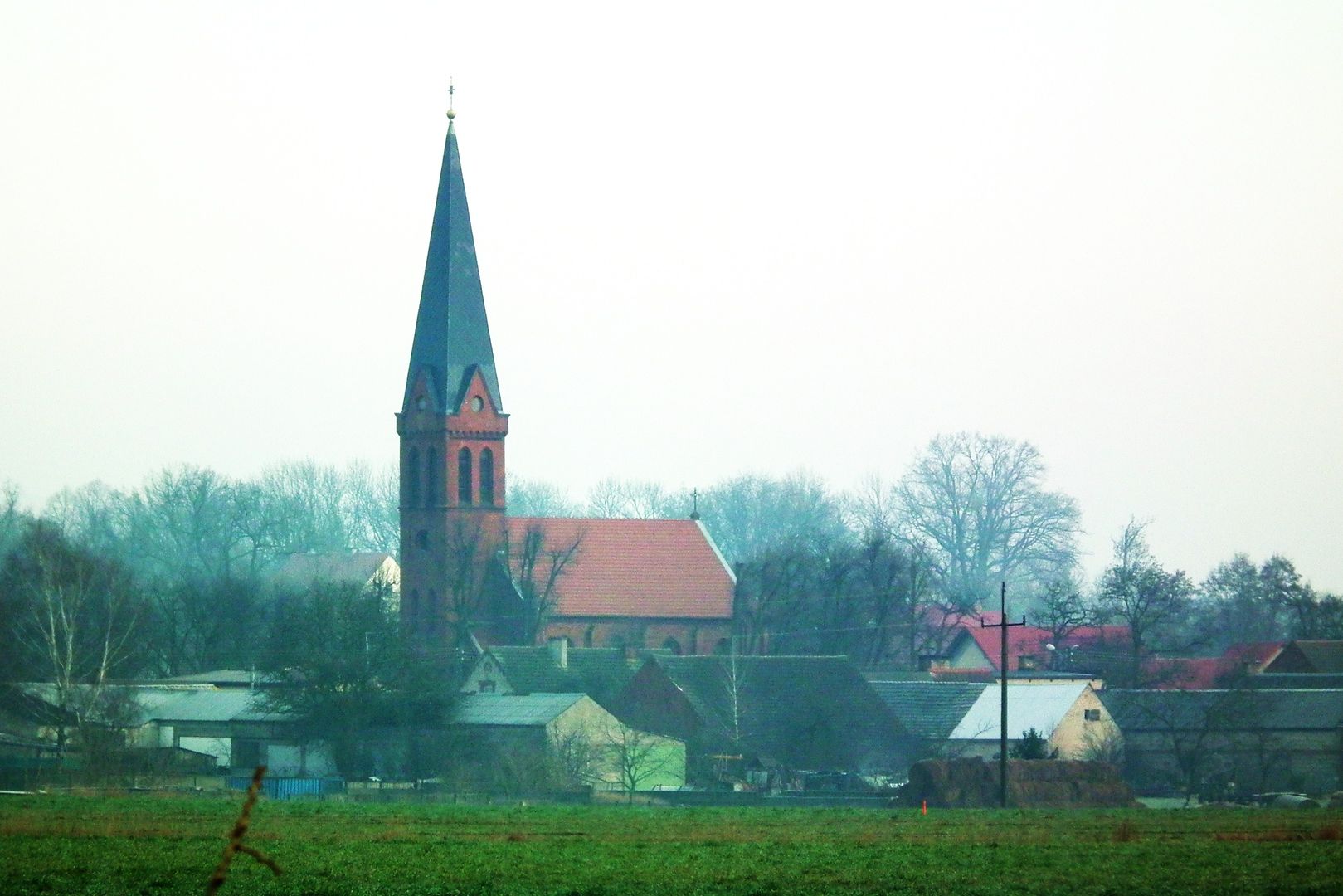Gembice
6.07

Overview
Gębice is a village located in the Greater Poland Voivodeship, within the administrative district of Czarnków, surrounded by numerous ponds and forests. Its history dates back to at least the 15th century, with the first records appearing in documents from 1381. The village was associated with local nobility, including the Gembicki and Czarnkowski families. Gębice was a noble village and underwent various administrative changes over the centuries, gaining particular significance after the Third Partition of Poland when it became part of the Prussian Partition. The presence of German families in the region persisted until World War II. In the 19th century, the village was owned by the Radziński and Paliszewski families, with Leopold Paliszewski being a participant in the November Uprising and a recipient of the "Virtuti Militari" order. The main architectural landmark in Gębice is the neo-Gothic Church of St. Andrew Bobola, built in 1879. Additionally, the village is known for a rehabilitation center run by the Felician Sisters and a Special Education School Complex. Education holds importance in Gębice, as evidenced by the building of the Leśników Polskich Primary School, which was transformed from the Public Middle School. Gębice is also active in sports, with the existence of the football team Sokół Gębice and a Volunteer Fire Department. The village is the birthplace of Wawrzyniec Gembicki, Archbishop of Gniezno and Primate of Poland, further highlighting its significance in Polish history. With its historical roots, architectural symbols, and social activity, Gębice represents a rich element of the regional culture of Greater Poland.
Location
2025 Wizytor | All Rights Reserved